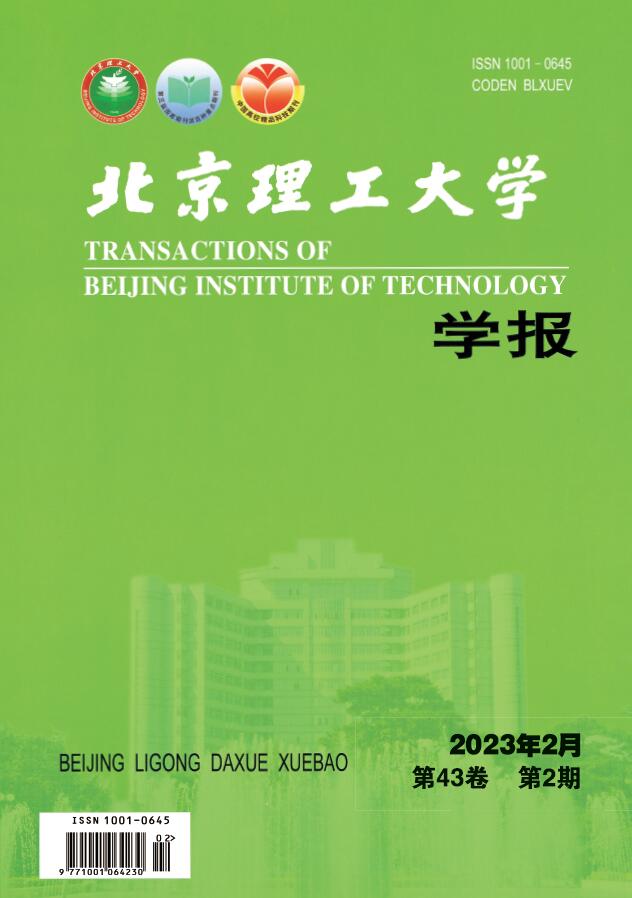2022 Vol. 42, No. 10
Display Method:
2022, 42(10): 991-1001.
doi:10.15918/j.tbit1001-0645.2021.224
Abstract:
2022, 42(10): 1002-1008.
doi:10.15918/j.tbit1001-0645.2021.254
Abstract:
2022, 42(10): 1009-1016.
doi:10.15918/j.tbit1001-0645.2021.299
Abstract:
2022, 42(10): 1017-1025.
doi:10.15918/j.tbit1001-0645.2021.219
Abstract:
2022, 42(10): 1026-1033.
doi:10.15918/j.tbit1001-0645.2021.304
Abstract:
2022, 42(10): 1034-1041.
doi:10.15918/j.tbit1001-0645.2021.248
Abstract:
2022, 42(10): 1042-1050.
doi:10.15918/j.tbit1001-0645.2021.302
Abstract:
2022, 42(10): 1051-1058.
doi:10.15918/j.tbit1001-0645.2021.257
Abstract:
2022, 42(10): 1059-1072.
doi:10.15918/j.tbit1001-0645.2021.222
Abstract:
2022, 42(10): 1073-1079.
doi:10.15918/j.tbit1001-0645.2021.296
Abstract:
2022, 42(10): 1080-1088.
doi:10.15918/j.tbit1001-0645.2021.266
Abstract:
2022, 42(10): 1089-1096.
doi:10.15918/j.tbit1001-0645.2021.267
Abstract:
2022, 42(10): 1097-1104.
doi:10.15918/j.tbit1001-0645.2021.306
Abstract:


